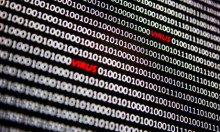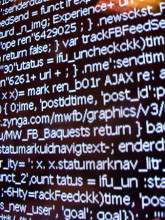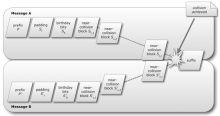Gauss trojan targets Lebanese banks, likely U.S. creation
Researchers have come across another sophisticated piece of Middle Eastern-targeted espionage malware, which, at the very least, is capable of stealing bank login details, and, at the most extreme, is another Stuxnet.












































































